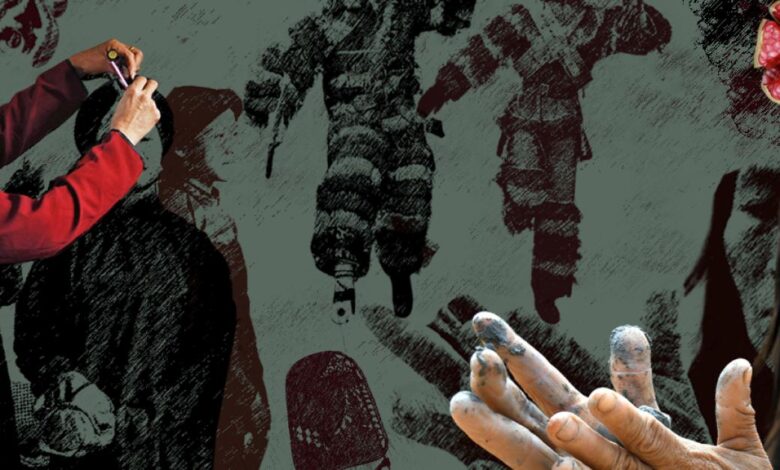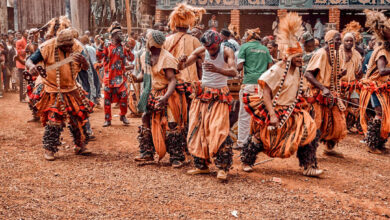UNESCO Helps Future Generations Safeguard Intangible Heritage

Our intangible cultural heritage is diverse. It includes the Mediterranean diet which is shared by Cyprus, Croatia, Spain, Greece, Italy, Morocco, and Portugal. The Mediterranean diet encompasses not only the craftsmanship of how food is cooked but also the values of hospitality, like sharing and eating food together. It also has an element linked to conservation, as it includes customary ways of raising animals and fishing.
Artisanal practices are also recognized by the UNESCO Committee. For example, in Japan, a silk fabric production technique called Yuki-tsumugi is considered an intangible cultural heritage practice. The silk floss for the yarn in Yuki-tsumugi weaving is produced from empty or deformed silkworm cocoons, otherwise unusable for the production of silk yarn. This recycling process plays a significant role in supporting local silk-producing communities.
Some of the most visually striking traditions of intangible cultural heritage include music and dance. For example, the scissor dance from Peru has also been registered as part of our intangible cultural heritage. A competitive ritual dance, it takes its name from a pair of polished iron rods, resembling scissor blades, wielded by each dancer in their right hand.
Midwifery is an intangible cultural heritage practice shared by diverse countries including Togo, Kyrgyzstan, Nigeria, Luxembourg, Slovenia, Cyprus, Colombia, and Germany. Midwives support pregnant women before and after they give birth. Their knowledge is shared and passed down through evidence-based practice and traditional skills. Midwifery also entails specific cultural practices, vocabulary, celebrations, and rituals.
These are just a few examples of the richness of our intangible cultural heritage. UNESCO’s goal is to safeguard this diverse heritage of humanity, particularly in the least-represented countries, and to increase support for the communities and transmission of practices to future generations. Globally, we can make better use of this knowledge to respond to contemporary challenges. Many of the solutions to the problems of our century can be found in our living heritage – whether it’s a question of restoring the balance between humans and their environment or preserving the social bonds that enable us to live together as a society.
Source link

